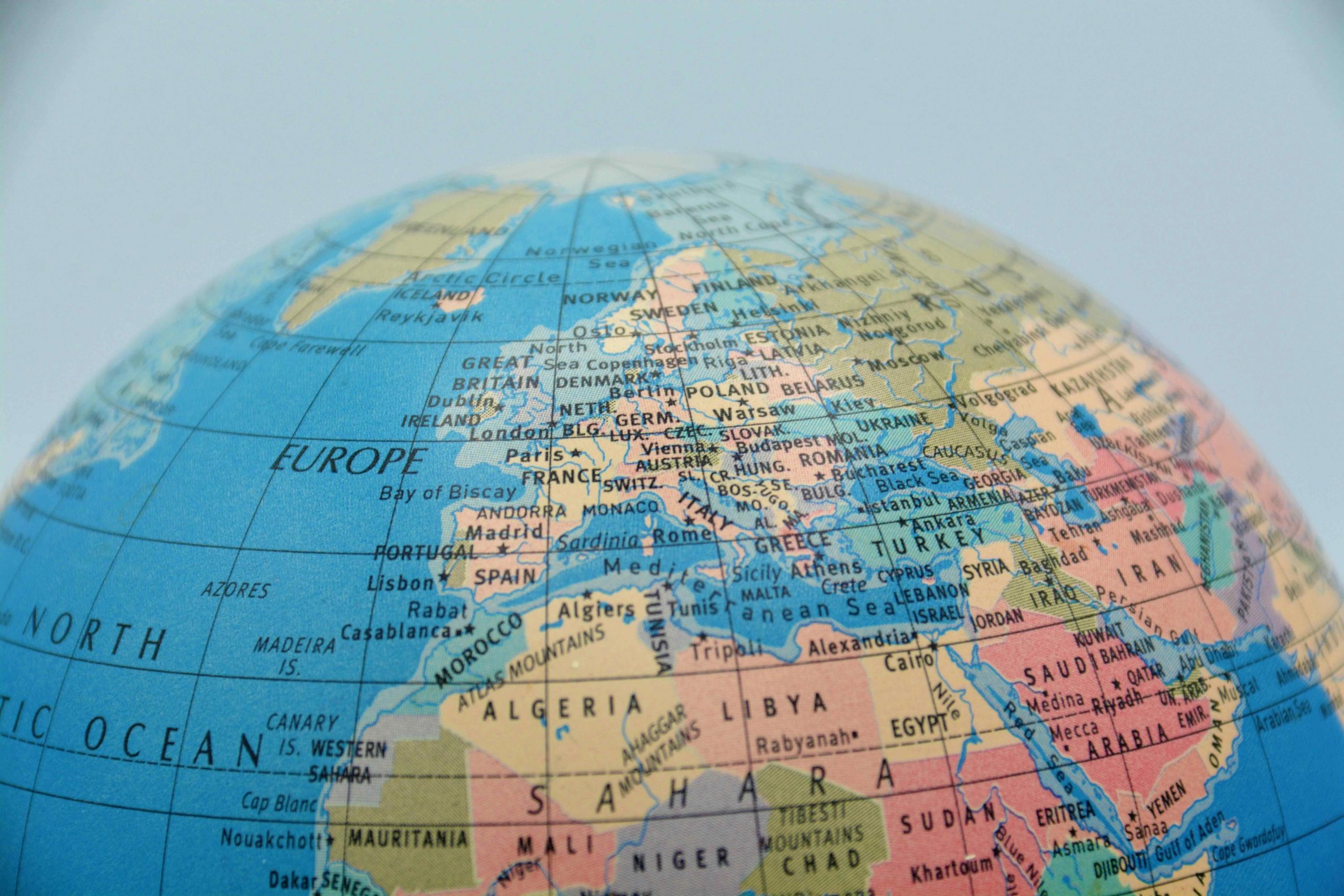A recent study published on PNAS analyzed the as-yet-unexamined issue of gender differences among the authors of the IPCC, the leading international forum for climate science that periodically examines scientific, technical and socio-economic information produced worldwide, involving thousands of researchers in the production of the Assessment Reports published since 1990 (the next Assessment Report will be completed in 2022).
Established in 1988, the IPCC celebrates its thirty year anniversary in 2018 with several events, including the All4TheGreen – Mobilizing Climate Science meeting organized in collaboration with the CMCC in Bologna.
Since the first IPCC Assessment Report of 1990, in which women’s representation stood at around 2%, there were small but significant progress. Over the years, the percentage of women authors increased to 22% of the total number of scientists involved in the Fifth Assessment Report of 2014.
Less progress has been made concerning gender balance in the top positions of the IPCC (Chair or Vice-Chair of the three Working Groups). According to the study, only three women held executive roles until the last elections to define the working groups of the Sixth Assessment Report. Currently, out of a total of 32 executive roles, 8 are held by women.
In a survey accompanying the study, which involved 100 IPCC women authors, a mixed picture emerges. Some described their experience within the IPCC as positive, others reported to have encountered unequal treatment and less opportunities to contribute to the reports. However, barriers to participation were not limited to gender differences but also involved ethnicity, nationality, command of English, and discipline.
Also in international climate policy, women’s representation struggles to emerge, even though in recent years there have been positive signs and attention on the issue is growing.
The UNFCCC, the main UN institution for climate change policy, is led by a woman for the second term in a row (Patricia Espinosa, former ambassador and minister of foreign affairs of Mexico from 2006 to 2012, took over from Christiana Figueres in 2016). Nevertheless, women are still a minority in the decision-making processes of international climate policy.
According to UNFCCC data, from 2008 to 2012 the average percentage of women attending UNFCCC sessions and annual conferences (COP) was about 31%. The average percentage of women who served as head of delegation in the same period is 19%. In more recent years, women’s participation varied from 29% during COP18 in 2012 to 42% during sessions of the subsidiary bodies in 2016 and 2017. The highest percentage of women leading national delegations was recorded during COP22, with 27%. In general, the delegations with the highest percentage of women participating in UNFCCC sessions over the years are those from Europe.
While on the one hand gender balance in international climate action and policy is targeted as a “necessary and desirable” goal, on the other hand, women’s participation within the UNFCCC has seen little progress or, in some cases, a decline.
In order to reverse this trend, a Gender Action Plan was adopted during COP23 in 2017 in Bonn, with the aim of guaranteeing women equal opportunities to contribute to climate change decisions and achieving gender balance in all aspects of UNFCCC activities, to increase its effectiveness.
For the first time in the history of UNFCCC, a shared action plan sets out specific activities to achieve these goals, identifies entities in charge of develop them and a timeline for implementation. The first results will be presented during COP25 in 2019, within the tasks of UNFCCC Subsidiary Body for Implementation.
Initiatives to strengthen the role of women in the fight against climate change have also been launched in other international fora. In late February, the second annual conference of Women4Climate, organized by C40 network, was held in Mexico City. It involves mayors, business women, innovators and activists from around the world in a global mentorship program to support young women in implementing projects on climate resilience, low carbon development and social inclusion. The goal of Women4Climate is to support 500 young women by 2020.
For more information, read the integral version of the paper “Climate for women in climate science: Women scientists and the Intergovernmental Panel on Climate Change“ published on PNAS.
The UN technical paper “Achieving the goal of gender balance“.
The Gender Action Plan adopted during COP23 in 2017 in Bonn.






